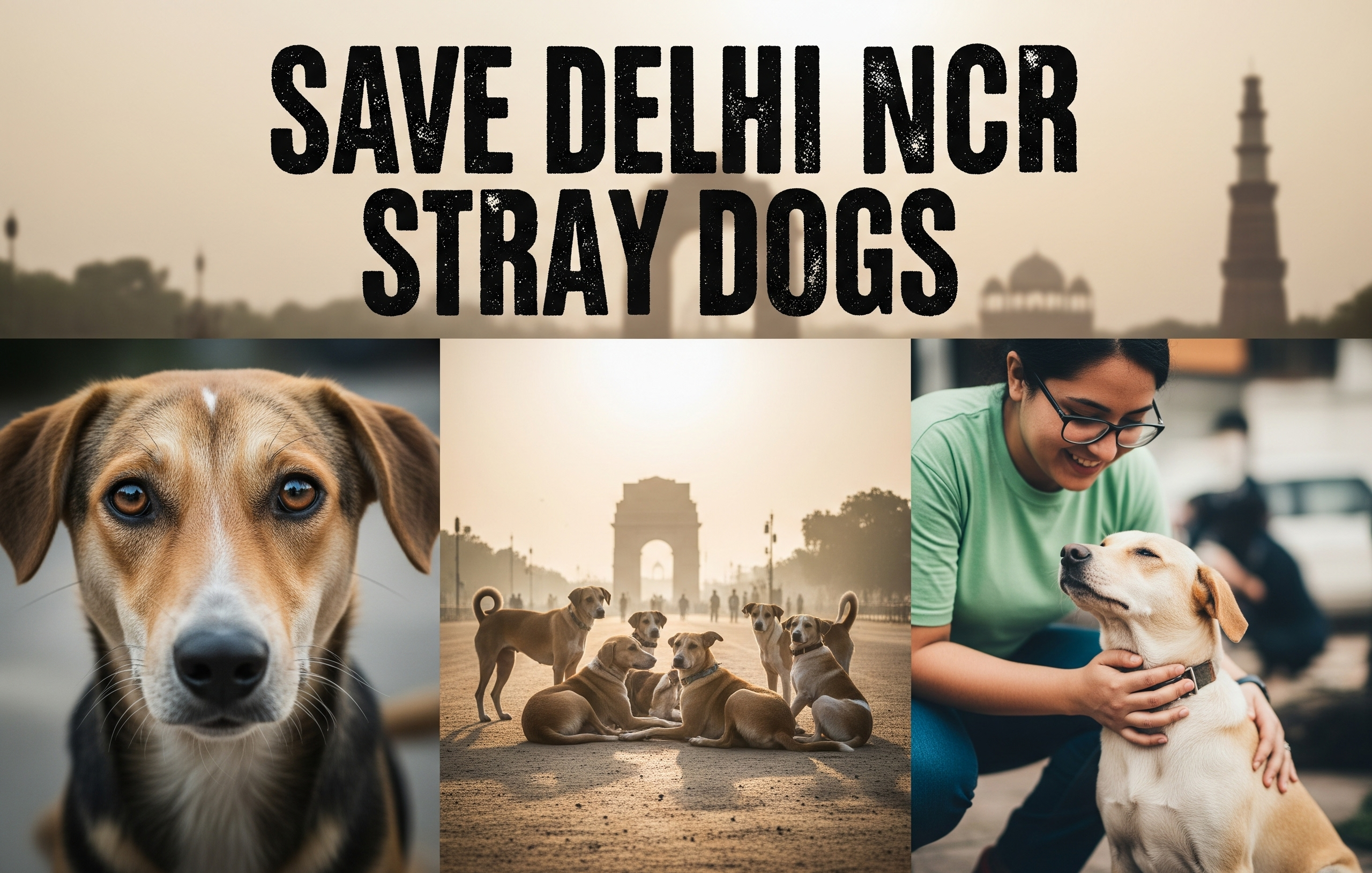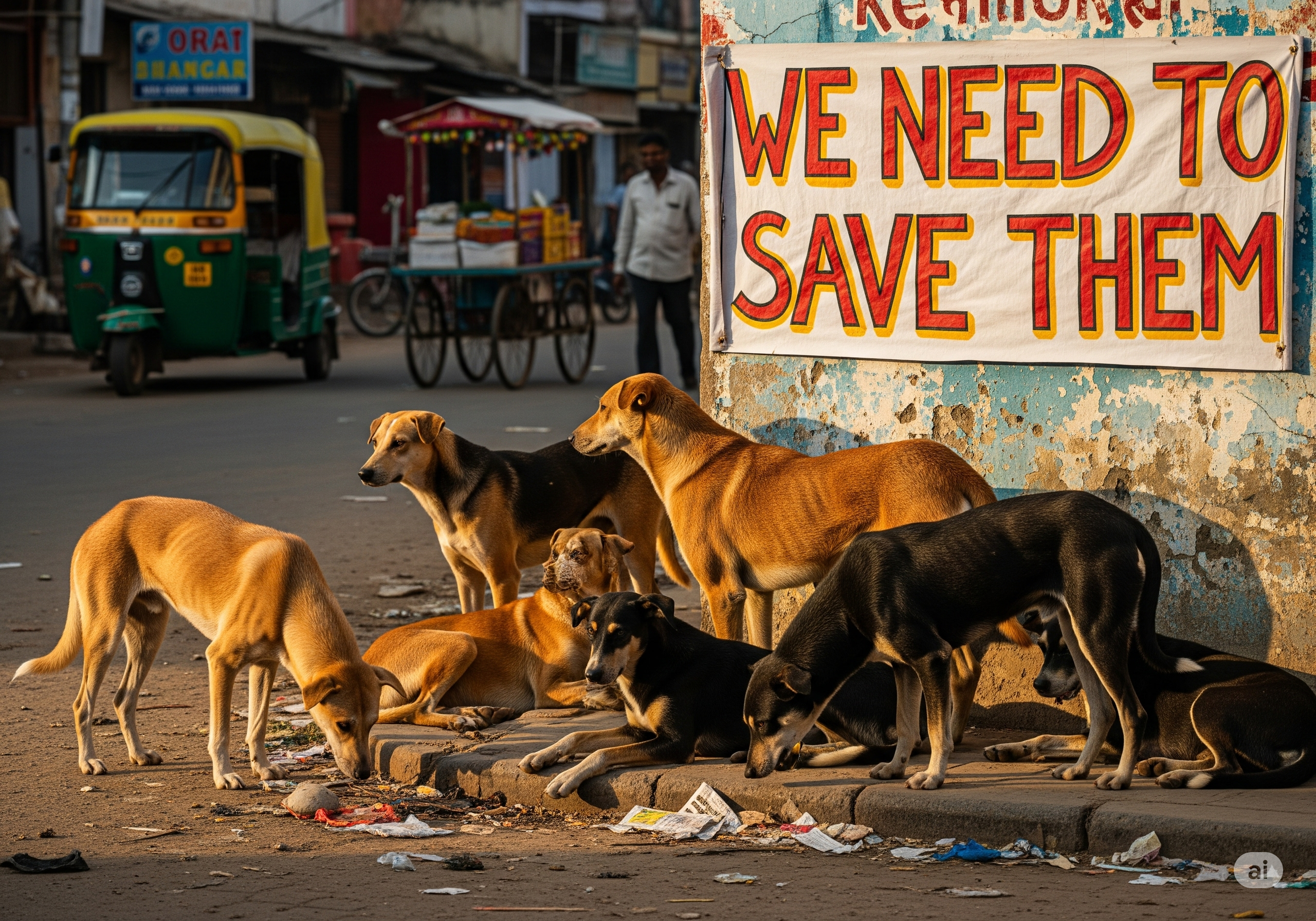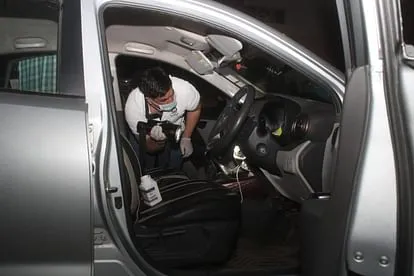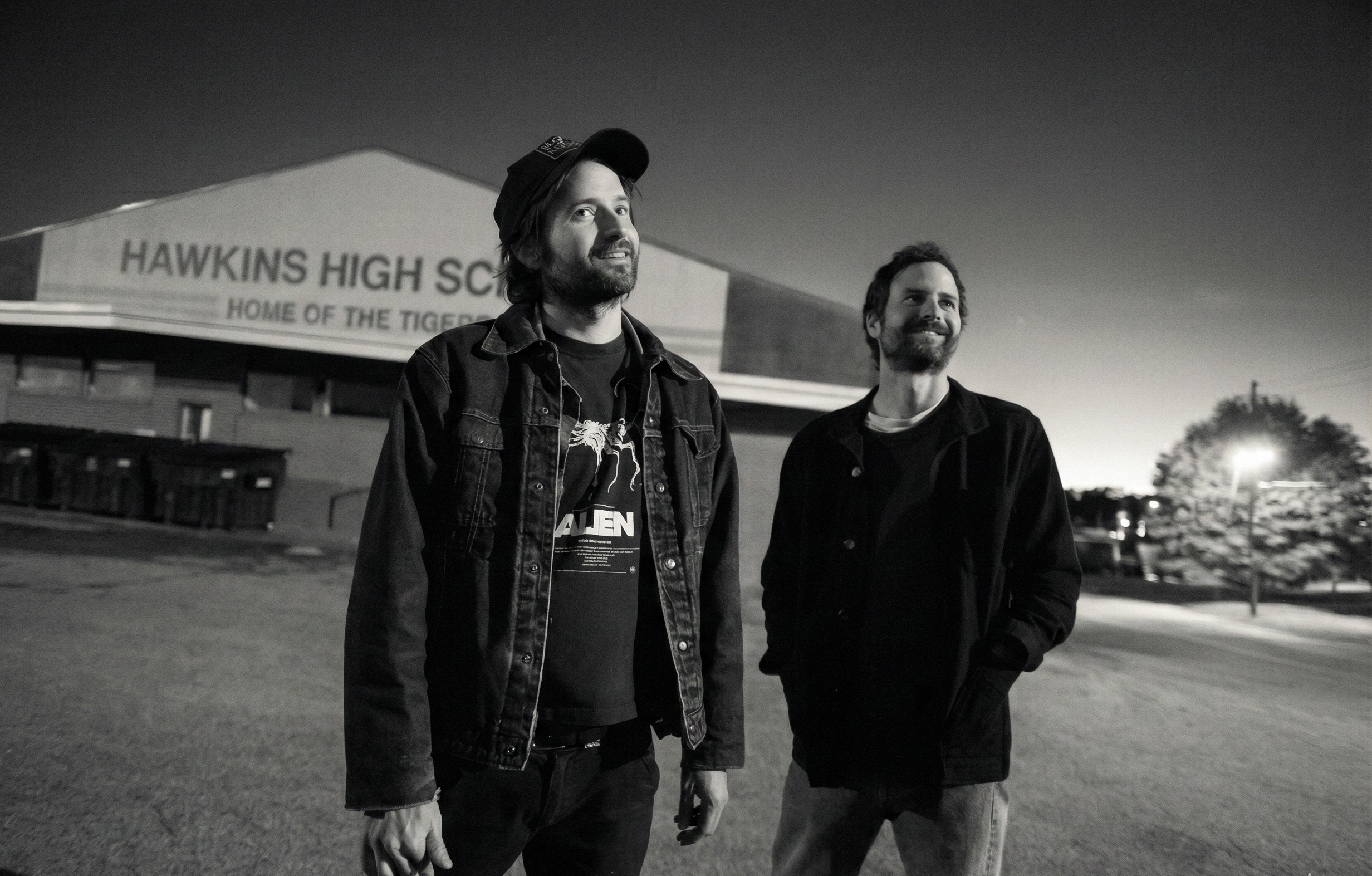KMC’s Crackdown on Rooftop Restaurants: What Building Rule 117/4 Means for Kolkata’s Food Scene
Kolkata’s bustling culinary culture is taking a hit as the Kolkata Municipal Corporation (KMC) intensifies its crackdown on unauthorized rooftop restaurants across the city. The initiative comes under the enforcement of Building Rule 117/4, a regulation that has, until recently, remained underutilized in the city’s urban governance framework.
On paper, this move aligns intending to ensure safety, structural compliance, and adherence to municipal regulations. However, for many restaurateurs, especially those who have capitalized on the popularity of rooftop dining experiences, the implications are profound. From restaurant compliance issues with KMC to growing concerns over fire safety violations in rooftop restaurants, the city is witnessing a significant transformation in how it manages commercial rooftop spaces.
In this blog, we will explore the origins and purpose of Building Rule 117/4, analyze the KMC’s actions, investigate the legal and structural concerns cited, and examine the broader implications for the restaurant industry in Kolkata.

Understanding Building Rule 117/4
To grasp the significance of this recent development, one must first understand the essence of Building Rule 117/4. Under the West Bengal Municipal Building Rules, this clause restricts the commercial use of rooftop spaces unless such use has been explicitly approved through proper channels and clearances.
The primary objectives behind this rule include:
- Ensuring the structural safety of buildings
- Preventing unauthorized construction
- Enforcing fire safety and emergency evacuation norms
- Preserving the zoning integrity of residential and mixed-use properties
Over the years, however, lax enforcement had allowed numerous businesses—especially in premium areas like Park Street, Southern Avenue, Salt Lake, and parts of New Town—to convert rooftops into full-fledged restaurants and cafes.
With the resurgence of rooftop dining in Kolkata, many entrepreneurs transformed building terraces into vibrant eateries offering panoramic views and cozy ambiances. These venues became immensely popular, particularly among the youth and middle-income groups seeking a unique, open-air experience.
But now, under the purview of KMC rooftop restaurant notices, these businesses face imminent shutdown unless they comply with legal restaurant licensing procedures and building regulations.
Why KMC Is Taking Action Now
The timing of this crackdown isn’t arbitrary. It comes in the wake of multiple fire-related incidents and public safety scares across Indian cities, with Kolkata’s own tragic episodes reinforcing the need for stringent compliance.
Key Triggers Behind the Crackdown:
- Fire Safety Concerns: Many rooftop restaurants are operating without proper fire exits, sprinklers, or extinguishers. This raises significant red flags, particularly in multi-story buildings with heavy footfall.
- Unauthorized Structural Modifications: Several eateries have built semi-permanent structures, pergolas, or false ceilings without any sanctioned architectural plans, violating core KMC building rules.
- Zoning Violations: Many rooftop businesses operate in residential zones or mixed-use buildings that don’t have commercial-use permissions for rooftops.
- Pressure from Legal and Civic Bodies: Following public interest litigations and media scrutiny, civic authorities are under pressure to enforce compliance and uphold urban safety norms.
The KMC legal action against rooftop eateries is part of a broader attempt to introduce accountability and reduce the risk to human lives in urban commercial spaces.
The Impact on Kolkata’s Restaurant Industry
Kolkata’s rooftop dining scene is more than just a trend; it has become a lifestyle choice for many. The ability to dine under the stars with a view of the skyline has boosted business for cafes, lounges, and fine-dining establishments alike. The sudden rooftop restaurant closures in Kolkata are expected to cause significant disruption—both economically and culturally.
Estimated Impacts:
- Revenue Loss: According to insiders from the National Restaurant Association of India (NRAI), rooftop venues can contribute up to 40% of total monthly income for restaurants that operate both indoor and rooftop facilities.
- Job Cuts: With shutdowns looming, hundreds of employees working specifically in rooftop service areas may lose their jobs or be reassigned.
- Legal Costs: Restaurants now must either appeal to KMC or file for regularization, which involves not only legal fees but also expenditures on architecture, safety measures, and taxes.
- Brand Damage: Publicized shutdowns can harm a restaurant’s reputation, especially if the closure is seen as a result of illegal operation.
Some restaurant owners have argued that KMC’s rooftop ban is disproportionately affecting small and mid-sized businesses that lack the financial power to secure swift legal approvals or lobby for policy change.
Are All Rooftop Restaurants Illegal?
Not necessarily. Rooftop dining in Kolkata can be legally operated if:
- The building plan approved by the KMC allows for commercial rooftop use.
- The structure meets all fire and safety regulations, as certified by the Fire Department.
- All necessary trade licenses, food safety clearances, and pollution control certificates are obtained.
However, many rooftop restaurants have opened informally—either as extensions of existing businesses or under temporary event permits—and failed to pursue full legal approval, thus violating KMC restaurant licensing norms.
These informal operations are the primary targets of KMC’s official notices to rooftop restaurant owners under Building Rule 117/4.
Legal Process and Compliance: What Restaurant Owners Must Do
KMC has made it clear that non-compliance will lead to strict legal action, including possible:
- Sealing of the restaurant
- License cancellation
- Eviction orders
- Fines or imprisonment under municipal laws
Restaurant owners who wish to continue rooftop operations legally must:
- Submit detailed architectural blueprints to the KMC for review.
- Secure a fresh set of clearances from:
- Fire and Emergency Services
- Food Safety and Standards Authority of India (FSSAI)
- State Pollution Control Board
- Prove structural load capacity and evacuation feasibility.
- Pay all pending taxes or penalties related to unauthorized construction.
- Obtain an amended trade license that explicitly covers rooftop service.
Public Reaction: Mixed Emotions
Public sentiment around the KMC rooftop restaurant ban has been mixed. While safety advocates and concerned citizens have welcomed the move, many food lovers and business patrons feel disheartened.
Supporters say:
- “Public safety must come first. A dinner out is not worth risking a fire hazard.”
- “Too many restaurants violate norms with zero accountability.”
Critics argue:
- “A sudden blanket ban is unfair. KMC should give time to comply.”
- “Small businesses are being punished while big brands will survive.”
Many are calling for a phased regularization plan that allows restaurants to bring their rooftops into compliance over a defined period, rather than shutting down operations overnight.
Broader Implications for Urban Policy
The KMC legal action on rooftop eateries could serve as a precedent for other Indian cities grappling with similar issues. Cities like Mumbai, Delhi, Bengaluru, and Hyderabad have all seen incidents involving illegal rooftop constructions, particularly in high-density areas.
Urban planners suggest that municipalities must:
- Introduce rooftop zoning codes for safe commercial use.
- Promote legal rooftop dining with safety-first incentives.
- Educate building owners and tenants about construction and licensing norms.
- Regularly audit commercial spaces for compliance.
In this light, Building Rule 117/4 becomes a foundational pillar in redefining how rooftops are used across India—not just as utility spaces but as regulated public venues.
The Road Ahead: What Can Change?
This situation, though disruptive, also opens doors for long-term reform and innovation in Kolkata’s restaurant sector.
Recommendations:
- Policy Transparency: KMC should publish simplified guidelines for rooftop licensing to avoid ambiguity.
- Support for Small Businesses: Introducing a grace period or amnesty scheme could help smaller operators meet compliance without financial ruin.
- Smart Rooftop Design: Encourage eco-friendly, modular, and fire-safe rooftop structures approved by urban architects.
- Public Awareness Campaigns: Inform patrons about the importance of dining in licensed and compliant spaces.
With the right collaboration between KMC officials, restaurant owners, and urban planners, Kolkata can transform its rooftop dining culture into one that is not only scenic and enjoyable but also legal and safe.
Conclusion
The enforcement of Building Rule 117/4 marks a pivotal moment in Kolkata’s evolving urban landscape. The KMC rooftop restaurant notice initiative, while controversial, aims to prioritize safety and structural integrity in a rapidly expanding city. Though the immediate fallout may be economically and emotionally taxing, it could lead to a healthier and more sustainable restaurant ecosystem in the long run.
For food entrepreneurs and city lovers alike, the challenge now lies in balancing aesthetics with accountability, and creativity with compliance. Whether this crackdown will lead to safer skylines or simply stifle innovation remains to be seen—but one thing is clear: the rooftops of Kolkata will never be the same again.
Also Read: Tamil Nadu’s Mayonnaise Ban: A Bold Move Towards Food Safety only at BuzzTimes.in










1 thought on “KMC’s Crackdown on Rooftop Restaurants: What Building Rule 117/4 Means for Kolkata’s Food Scene”